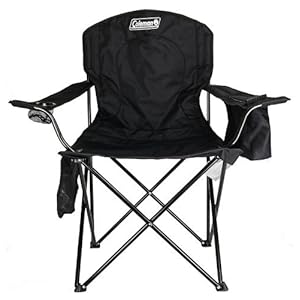Description
On the morning of February 12, 1908, six cars from four different countries lined up in the swirling snow of Times Square, surrounded by a frenzied crowd of 250,000. The seventeen men who started the New York to Paris auto race were an international roster of personalities: a charismatic Norwegian outdoorsman, a witty French count, a pair of Italian sophisticates, an aristocratic German army officer, and a cranky mechanic from Buffalo, New York. President Theodore Roosevelt congratulated them by saying, “I like people who do something, not the good protected man who stays at home.” These men were doing something no man had ever done before, and their journey would take them very far from home.
Their course was once calculated at more than 21,000 miles, across three continents and six countries. It would cross over mountain ranges—some as high as 10,000 feet—and through Arctic freeze and desert heat, from drifting snow to blowing sand. Bridgeless rivers and seas of mud blocked the way, whilst wolves, bears, and bandits stalked vast, lonely expanses of the route. And there were no gas stations, no garages, and no replacement parts to be had. The automobile, in spite of everything, had been sold commercially for only fifteen years. Many people along the route had never even seen one.
Among the heroes of the race were two men who In the long run transcended the others in tenacity, skill, and leadership. Ober-lieutenant Hans Koeppen, a rising officer in the Prussian army, led the German team in their canvas-topped 40-horsepower Protos. His amiable personality belied a core of sheer determination, and by the race’s end, he had won the respect of even his toughest critics. His counterpart on the U.S. team was once George Schuster, a blue-collar mechanic and son of German immigrants, who led the Americans in their lightweight 60-horsepower Thomas Flyer. A born competitor, Schuster joined the U.S. team as an undistinguished workman, but he would battle Koeppen until the very end. In the long run the German and the American would be left alone in the race, fighting the elements, exhaustion, and each other until the winning car’s glorious entrance into Paris, on July 30, 1908.
Lincoln’s Birthday, February 12, 1908 . . .
The crowds gathering on Broadway all morning were not out to honor Abe Lincoln, either. They were on the avenue to catch sight of the start of the New York-to-Paris Automobile Race. There would only be one—one race round the world, one start, and one particular way that, for the people who lived through it, the world would never be the same. The automobile was once about to take it all on: not just Broadway, but the farthest reaches to which it could lead. On that absurdity, the auto was once about to come of age.
“By ten o’clock,” reported the Tribune, “Broadway up to the northernmost reaches of Harlem looked as though everybody was once expecting the circus to come to town.” The excitement was once generated by the possibility of the auto to conquer the three challenges most frustrating to the twentieth century: distance, nature, and technology. First, distance: in the form of twenty-two thousand miles of the Northern Hemisphere, from New York west to Paris. Second, nature: in seasons at their most unyielding. And third, the very machinery itself, which would be pressed hard by the race to defeat itself. Barely twenty years old as a contraption and only ten as a practical conveyance, the automobile couldn’t relatively be expected to be capable to take on the world. But there were men who were ready and that was once what mattered.
—From Race of the Century













































